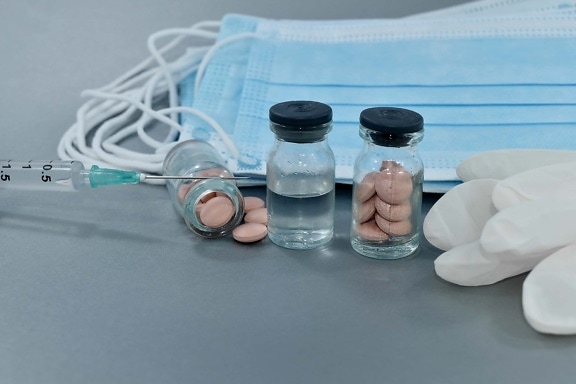What is happening with salmon mortalities and Piscirickettsia salmonis in our waterways? What can YOU do?

NOFF calls for a full baseline study to be a mandatory requirement of a full registration permit before another antibiotic is introduced to our public waterways. We call for the rejection of an emergency permit and subsequent lower standard of monitoring. We call for lower stocking densities across all biosecurity regions, especially the Huon River estuary and D'entrecasteaux Channel. You can help!
The riksettia challenge
Early in 2025 millions of farmed salmon died of Salmonid Rickettsial Septicaemia (SRS) in Tasmania's south eastern region. SRS is caused by bacteria now endemic in our waterways, and fish are susceptible to disease when environmental conditions place them under stress. The highest risk is in summer months when temperatures in our inshore waterways reach 21 degrees and more.
One of the most effective mitigation strategies is to lower stocking densities in the salmon pens.
What about vaccines?
A recent briefing to the newly elected cross bench in the Tasmanian lower house revealed that vaccines are only effective for around 12 months. After this the fish become vulnerable to developing SRS. Farmed Salmon are in open net pen feedlots for well over 12 months, so the industry is at risk of high levels of disease and mortality with each batch cycle.
What about antibiotics?
In summer 2025 Huon Aquaculture used its usual antibiotic oxytetracycline, but delays in its implementation may have rendered this ineffective and many fish were lost. The Industry admitted to selling diseased fish for human consumption, and over a tonne of antibiotic was released into the waterway, with residues detected in wild fish many kilometres from the treated salmon farms.
Emergency approval for florfenicol?
The industry is now seeking emergency approval, instead of full registration, for florfenicol - a different antibiotic with unknown environmental impacts. They have been discussing this with government since February. They have known about the dangers of Rickettsia and associated disease mortalities since 2013, when an action plan for SRS was released.
Full registration carries increased regulation, compared with emergency approval, and should require baseline studies of flora, fauna, and ecological markers related to anti microbial resistance and microbiome diversity in the ecosystem before the drug is introduced. Without this, it will be difficult to assess the true impacts that the drug is having on our valued marine ecosystems.
An emergency permit should only be allowed in a true emergency, for a short period of drug administration. The bacterium is endemic in our warming waterways, and it is likely that this drug will have ongoing and increasing use. It should be fully registered and regulated as such.
Florfenicol problems
Florfenicol has a short withholding period - treated fish can be slaughtered for market just 10 days after their last dose, but it has a low water solubility which means the drug can exist suspended in the water for 60 days or more. Administered in feed, Florfenicol can pass unabsorbed through the fish, to end up, together with surplus feed pellets, on the seabed. The impacts on the environment are not currently known.
According to European regulators, florfenicol is expected to be harmful to the aquatic environment and must only be used if other less environmentally harmful treatment options are not available.
Antimicrobial resistance is a growing threat to human health, and agricultural use of antibiotics such as florfenicol contributes to the risk.
- NOFF calls for a full baseline study to be a mandatory requirement of a full registration permit before the antibiotic is introduced to our public waterways. We call for the rejection of an emergency permit and subsequent lower standard of monitoring.
- NOFF calls for lower stocking densities across all biosecurity regions, especially the Huon River estuary and D'entrecasteaux Channel.
You can help:
- email the Tasmanian Environmental Authority
- email the Tasmanian Chief Veterinary Officer
- email the Tasmanian Minister for Primary Industries and Water
- email the Australian Pesticides and Veterinary Medicines Authority (APVMA)
- email the CEO, APVMA
- email the Federal Minister for Fisheries, Forestry and Agriculture

